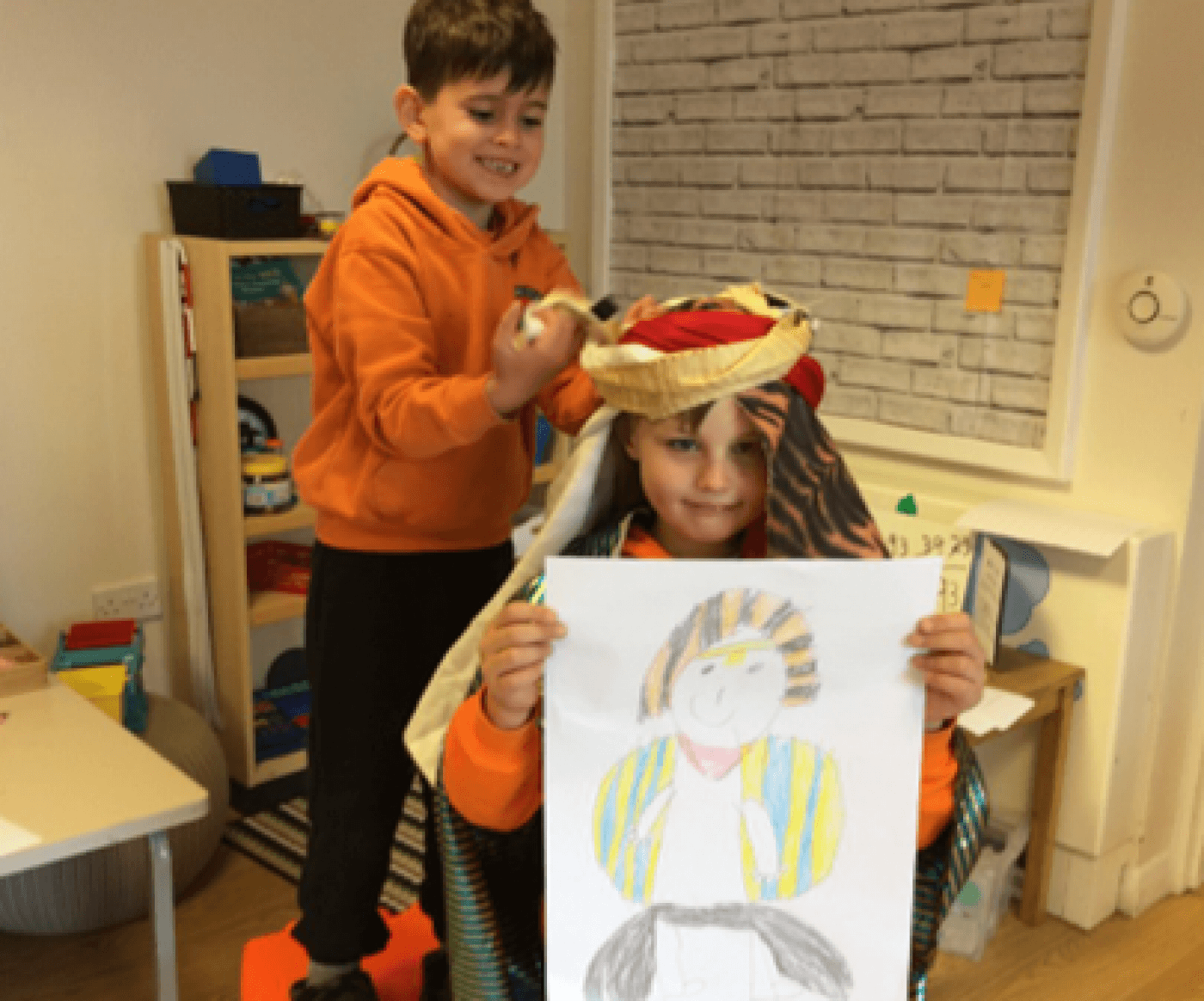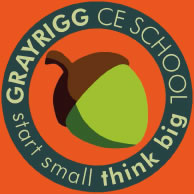KS1 independence
Building on the amazing start.

Anyone who knows me and my school knows how proud I am of the early years. I’m confident that the nursery and reception children get an outstanding start to their school journey with our fantastic team in the Tiny Acorns class. OFSTED confirmed this at the end of February when they judged the early years OUTSTANDING.
The problem when something is so fab, is that it makes everybody else’s job a bit harder to live up to this amazing start. One area we have really looked at over the past couple of years is key-stage 1 and I have to say my visits to the Acorns class (KS1) this year have definitely left me just as excited as my visits to the Tiny Acorns (EYFS). The main challenge we faced was developing their independence. In our Tiny Acorn class, children use tools, make their own pizza toasties for snacks and lead their own learning: To then move into key-stage 1 to be taught more formally would, in my opinion, be a step back. I’m not saying the children don’t learn in a more formal setting, they do, but learning how to learn undoubtedly takes a step back if children are suddenly sitting at tables doing what their teacher instructs them to do.
I know this is a simplistic way of looking at it, and moving from the early years curriculum to the national curriculum and expectation is a huge challenge, but that challenge should not impact on the characteristics of learning that are so important in early years. In order to ensure we didn’t lose that independence, motivation and self drive that existed in early years, the first thing we did was develop the characteristic of effective learning right up to year six. (This document can be found here) This gave us a clear view of the behaviours we wanted to instil in our Acorn class and beyond. We already had our skill development planned and we developed an overview for how children find, store and present knowledge too. These gave us a great place to start but as any early years teacher knows, a huge part of developing independence is the environment.
We wanted high quality continuous provision (an environment where children can continue their learning with or without an adult) but we wanted this to give children the opportunity to develop beyond the early learning goals and move into the national curriculum and up to the end of key-stage 1.
We kept areas such as construction and small world, however, these contain very few structured resources - most of the resources are loose parts. We also have a more developed woodwork area than the one in early years, the rolling snack area is currently restricted (due to COViD) but we plan to make this a food area and we have a textile area. In addition to this, we have a research and investigation station and a journaling area where children create independent journals (scrap books) of the things they create, make and do in independent play. Children in early years also participate in helicopter stories (details of this can be found on Alistair Bryce- Clegg’s website) so we have built on these and the children can access their own helicopter story books, where they write their own stories which they read out and their friends act out during the week. We also have free flow access to the outdoor area which is mainly full of loose parts, we have a tyre sand pit, access to water and a potion/mixture area.
That’s a very quick rundown of the areas. As the headteacher, my main concern was: Would this become an extension of early years rather than the next step? Through investing time and valuing play our KS1 team, led by Mrs Jessop, have created high expectations that are reflected in what the children produce. They celebrate each other’s successes and learn from each other because the environment is stimulating and accessible to all children, whatever their ability or need.
Mrs Jessop has introduced a cycle of self-led activity, putting the responsibility on the children to ensure they have a method of sharing their learning/achievements with her. On Mondays, they start the week with a challenge hunt where the children work in Year 1&2 pairs and see how many challenges they can find before going over what they are with Mrs Jessop - this avoids a need to sit for too long explaining them - the children work out what they are themselves.
When working in provision they have to:
- PLAN and consider what they intend to do
- Consider what RESOURCES they will use to do this
- Think about how they will SHARE this with their teacher
- Finally they ensure they leave things TIDY for others to use.
The pyramid below (based on Alistair Bryce Clegg’s EYFS provision pyramid) shows the different ways the children learn/are taught in our KS1 class.
I’m really pleased with how things are developing in our Acorn class, however, there really is only one set of opinions that really matter - the children, so I end this blog by sharing a comment from an email I received from a parent last week.
(child) said in bed last night, “Remember mummy when I didn’t want to be a year one?! That was so funny wasn’t it? Year one is the best and our classroom is just SO AMAZING!”← back to the blog




